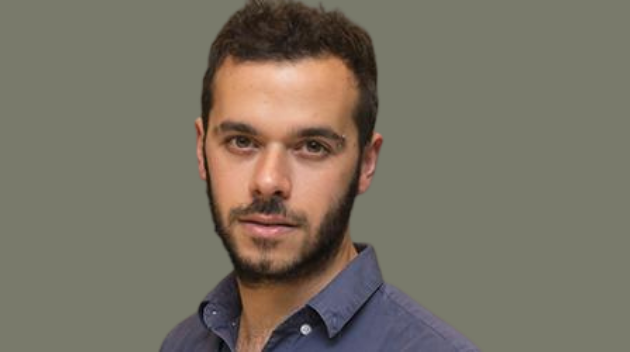Respiratory Infections: Mauro Gaya Reveals a New Immune Defense Player
How can we improve vaccine approaches to respiratory infections? Mauro Gaya is focusing on the role of the memory B cells. Thanks to the ATIP-Avenir program, he has revealed hitherto overlooked properties of some of these immunity effectors.

Originally from Argentina, Mauro Gaya spent his academic career at several US and UK research centers before settling in Marseille. In 2018, he joined one of Europe’s most prestigious immunology research centers: the Center of Immunology Marseille-Luminy (CIML*).
Holder of a degree in cellular and molecular biology, he focused on animal physiology during his doctorate: « I was drawn to immunology – a very dynamic field of research, » he explains. He opted to focus on a population of specific immune cells known as B cells. Following initial contact with an infectious agent, these cells specialize into plasma cells to produce antibodies, which are very effective in fighting « the enemy, » but whose lifespan is limited. At the same time, other B cells differentiate into so-called memory cells, to retain information in the longer term and facilitate the implementation of a rapid and specific reaction in case of re-exposure to the same infectious agent. « But our understanding of the mobilization mechanisms of these memory cells is still incomplete, » emphasizes the researcher.
Therefore, after several years of studying B‑cell activation in the lymph nodes, Gaya decided to focus on memory B cells in the lung mucosa: « The way in which memory immunity is established at this level, during initial contact with a virus, is one of the processes that have not been fully elucidated. » However, this is a crucial issue. As a 2019 ATIP-Avenir program grantee, the researcher was able to build his own research team to try to solve it.
Influenza and COVID-19
« Thanks to ATIP-Avenir, we have been able to fund our research and the recruitment of a post-doctoral fellow. This program also offers us greater visibility at both national and international levels. All of which makes us well-placed to stimulate and create new collaborations. » Through the use of high-performance techniques, such as confocal microscopy, flow cytometry, and single-cell sequencing, the researchers have revealed the existence of two subtypes of memory B cells within the respiratory mucosa. « Both are quickly mobilized in the event of a new infection. The first population is specialized in the production of highly specific antibodies (bona fide memory B cells), while the second (the bystanders) helps and strengthens the immune response initiated by the first. » Although the initial focus of this research was respiratory influenza infections (the ‘flu virus), the researcher quickly incorporated SARS-CoV‑2 into his research. « This enabled us to verify that the mechanisms observed with the novel coronavirus are the same as those at play in an influenza virus infection. »
The avenue of intranasal vaccination
These findings are expected to improve vaccine approaches to respiratory infections. The currently available influenza and COVID-19 vaccines simulate the same immune defense mechanisms as those triggered by natural infection, by producing antibodies in the blood. But these vaccines do not reproduce the natural immune response observed in the lung mucosa – a response which would make it possible to block viruses well before they reach the blood. « Administering a vaccine intranasally could stimulate a ‘mucosal memory’ and block the entry of viruses from that level, in a less specific way, but probably earlier in the event of subsequent infection, » explains Gaya. An approach that could therefore offer more cross-cutting protection, complementary to that provided by injectable vaccines.
It is clear that the research in progress in the laboratory of this young team is of great importance in the current context and that it will contribute to the development of intranasal vaccination.
Note:
*Unit 1104 Inserm/CNRS/Aix-Marseille Université, Center of Immunology Marseille-Luminy (CIML)
